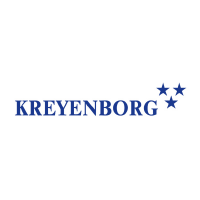Thermal Treatment
Thermal treatment is the process of heating the food products till the point the microbial load is eliminated. This avoids alterations produced in the food by non-pathogenic microorganisms. This process destroys threats to the consumer’s health, deactivates any enzyme actions, and preserves the quality of the food.
Thermal Treatment encompasses a range of procedures, but the principal ones are pasteurisation and sterilisation, which are designed to destroy microbes, rather than scalding or cooking. They also achieve a reduction in microbial content, but whose principal objective is a variation in the structure of the food.
Pasteurisation implies the destruction, by the application of heat, of all of those organisms in a vegetative state which would produce illness, or the destruction or reduction in the number of those organisms which would produce alterations in certain foods, such as high-acid foods (with a pH less than 4.6). In these foods, the only microorganisms that develop are those that alter the food but are not pathogenic to humans.
Sterilisation signifies the destruction of all viable organisms and their spores, which could be cultivated using appropriate techniques, using the application of temperatures over 100°C.
Roasting is a method that uses dry heat where hot air envelops the food, cooking it evenly on all sides with temperatures of at least 150°C from an open flame, oven, or other heat sources. Roasting can enhance flavour through caramelisation and Maillard browning on the surface of the food. Roasting uses indirect, diffused heat (as in an oven), and is suitable for slower cooking in larger, whole pieces, such as nuts.
Principal
We’ve partnered with the leaders of the field to deliver the very best solutions for your thermal treatment needs. Click on the principal below to learn more about their products and specialisations.






